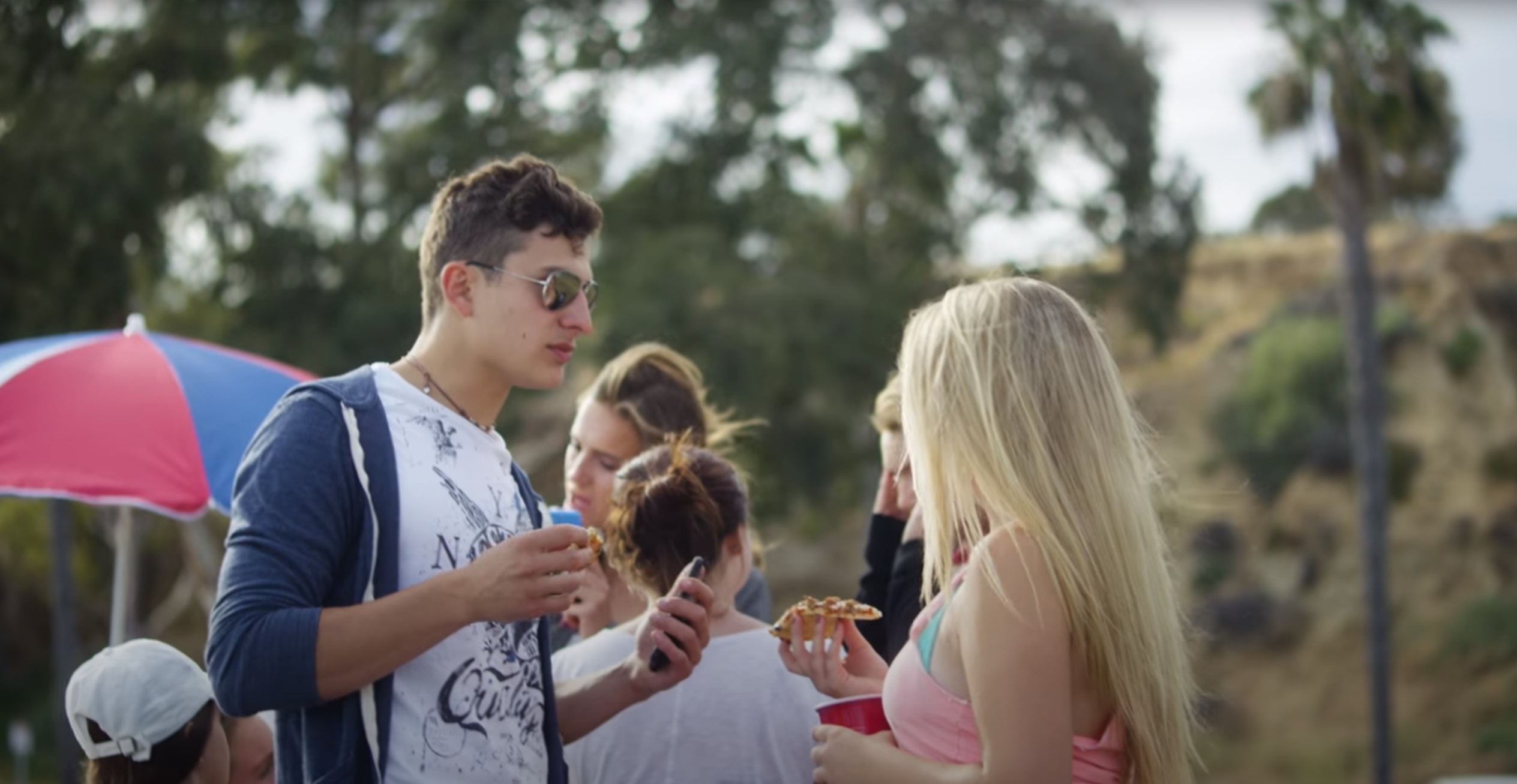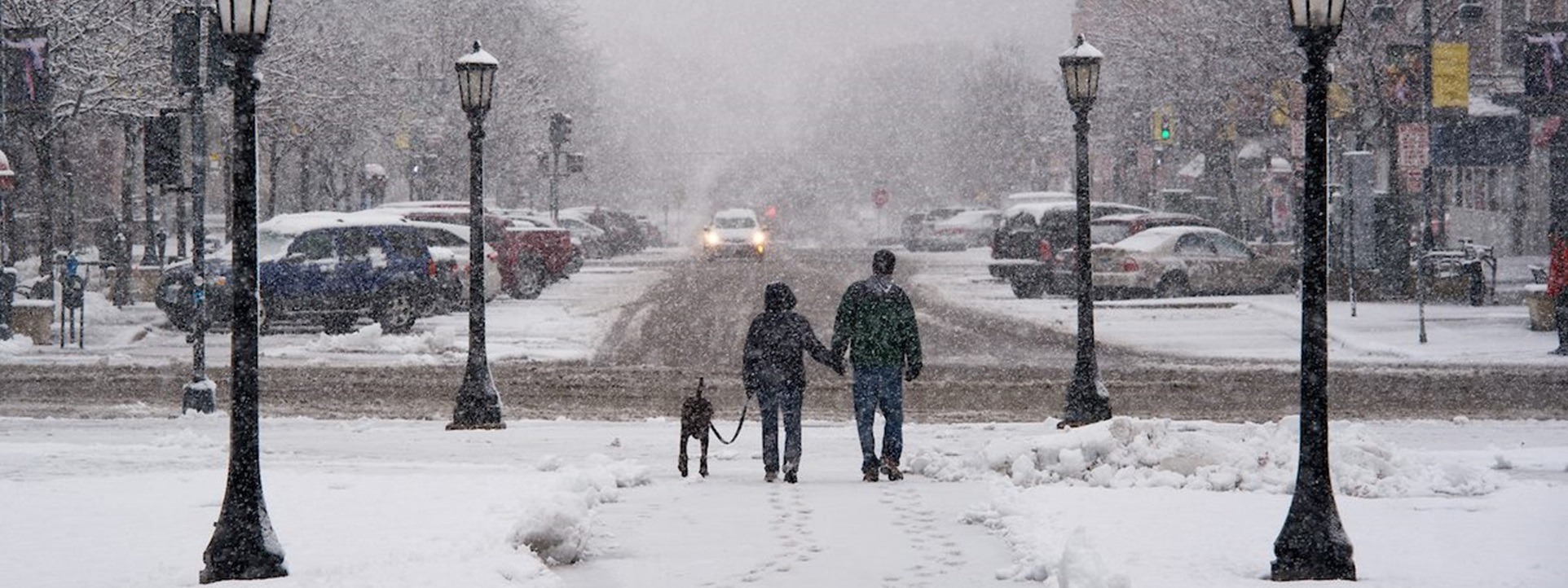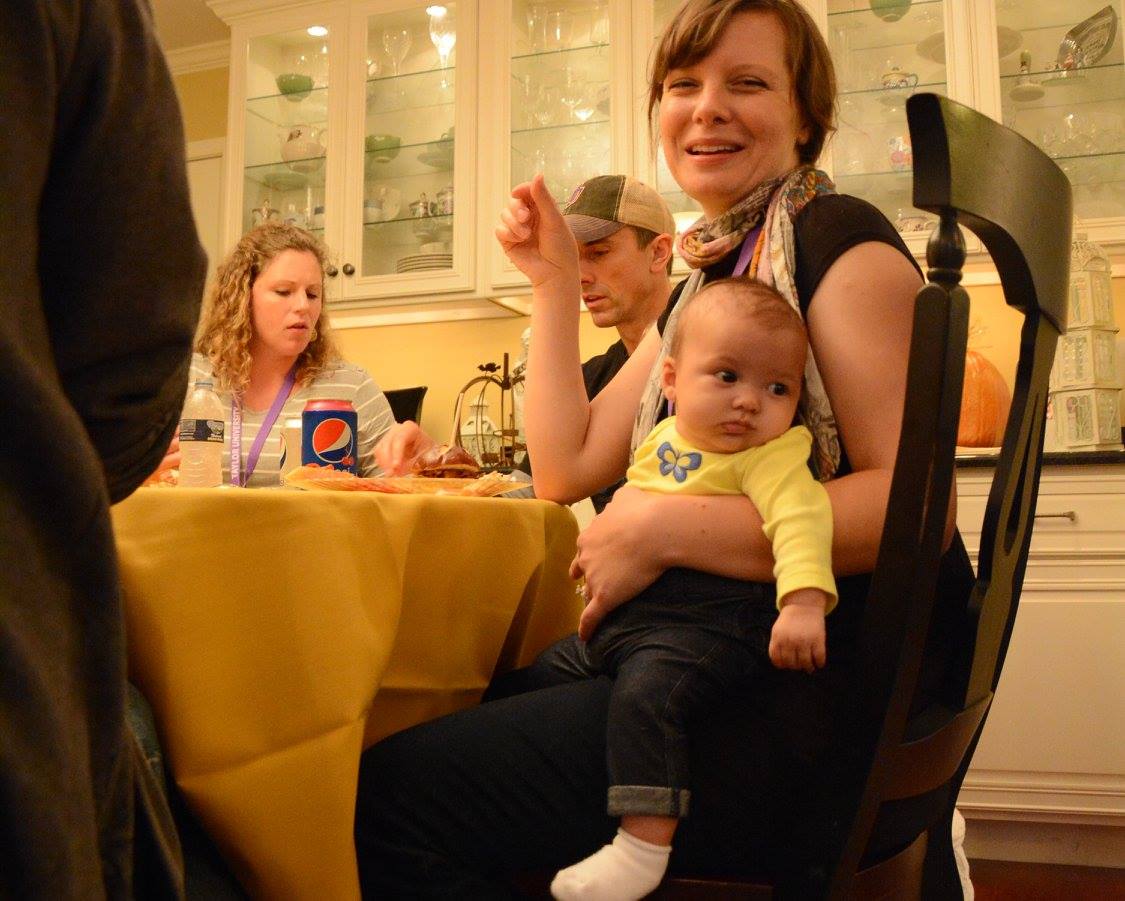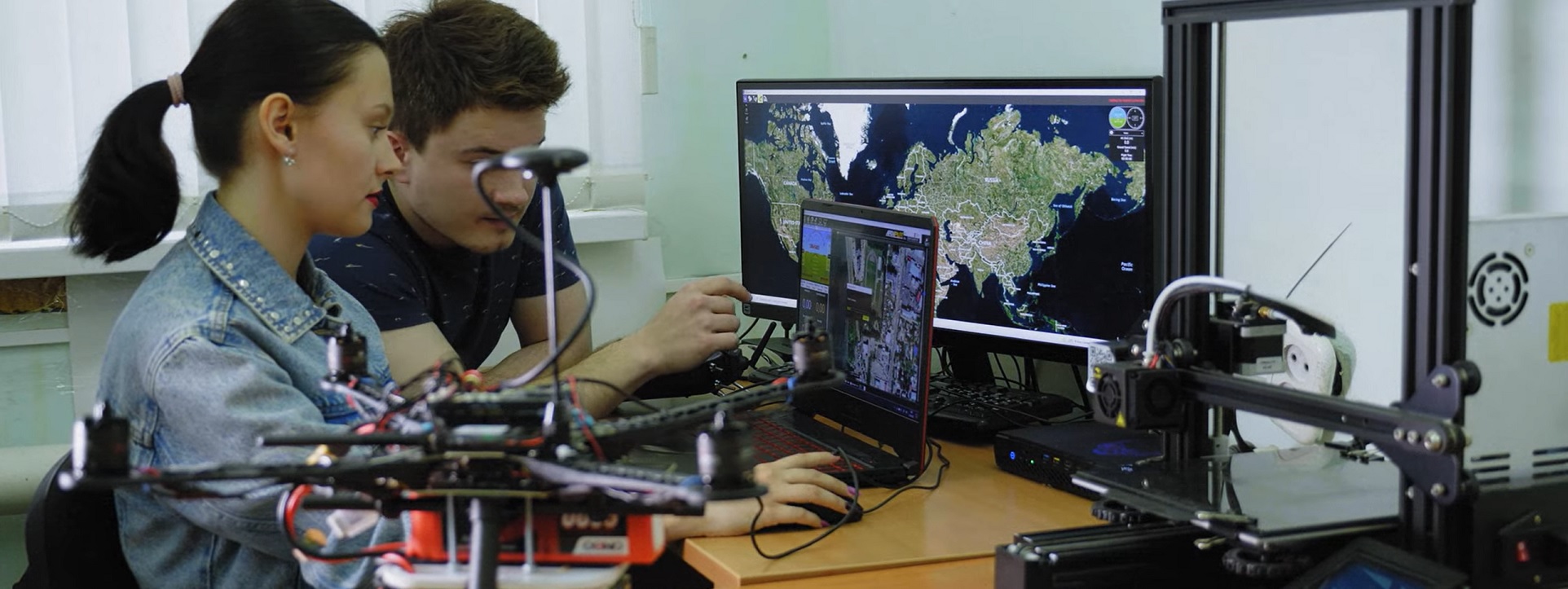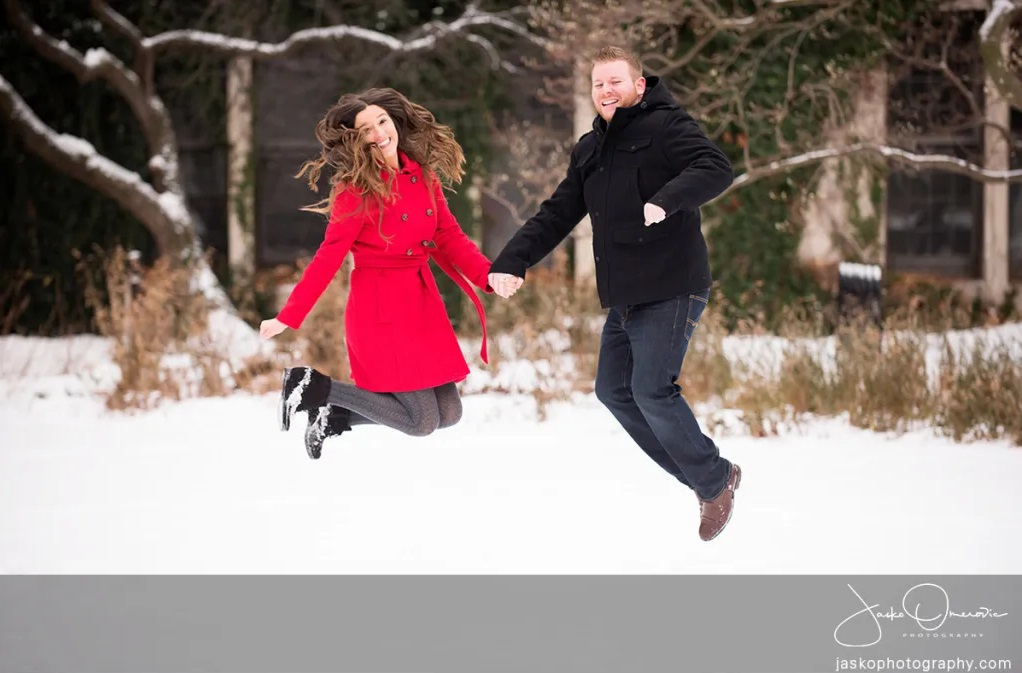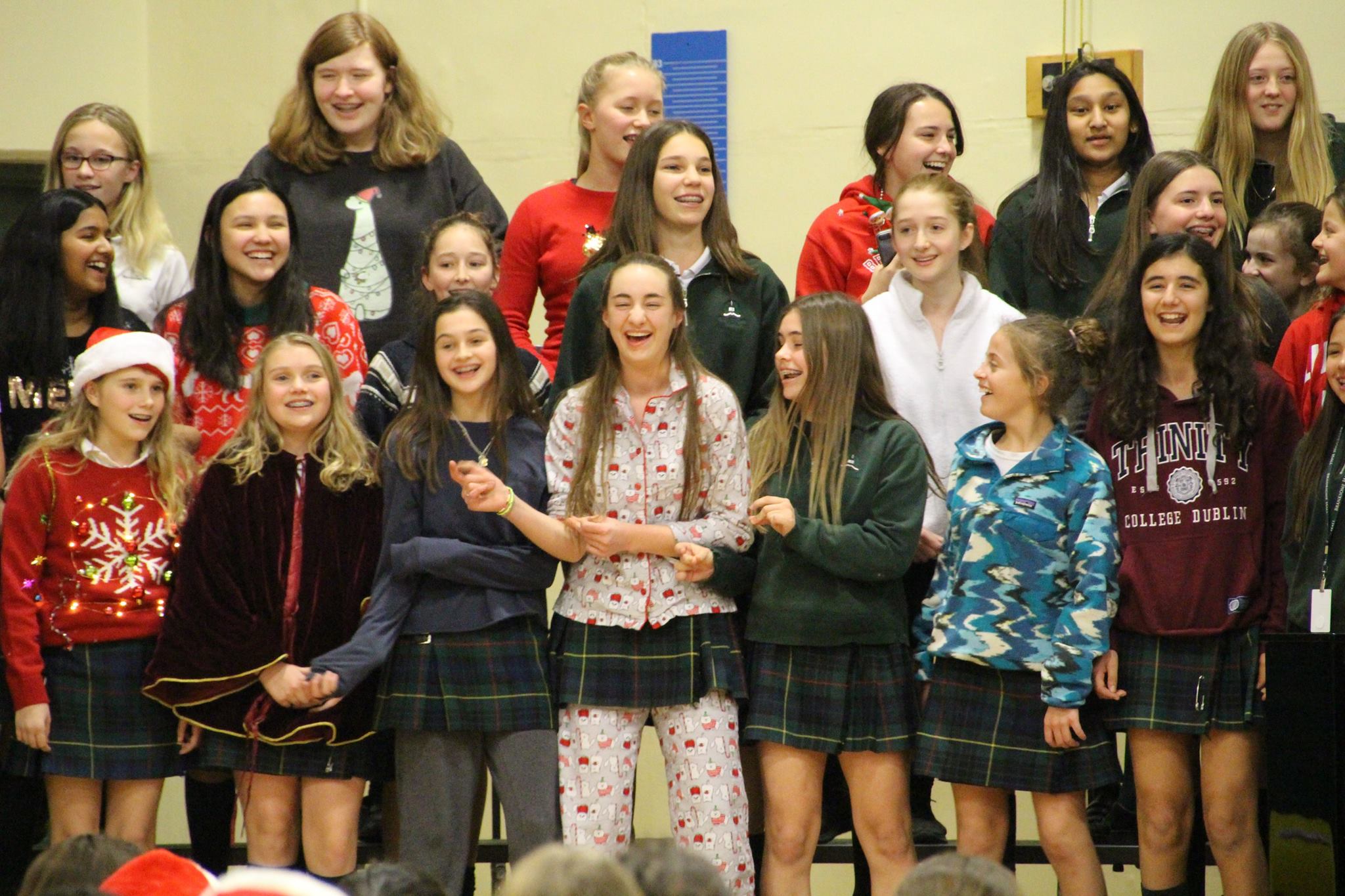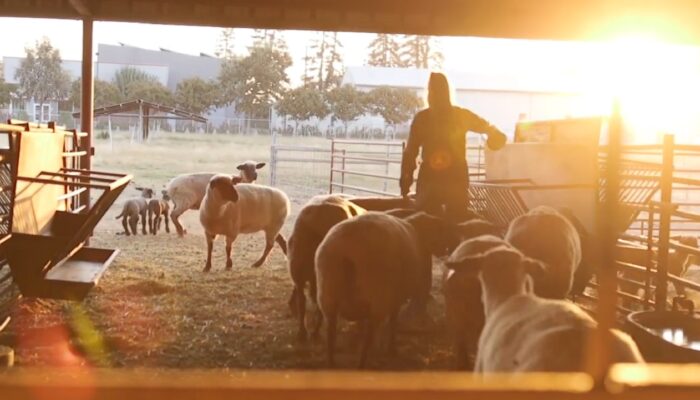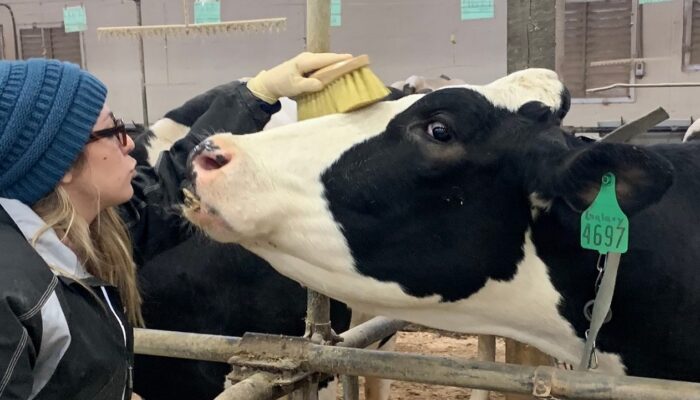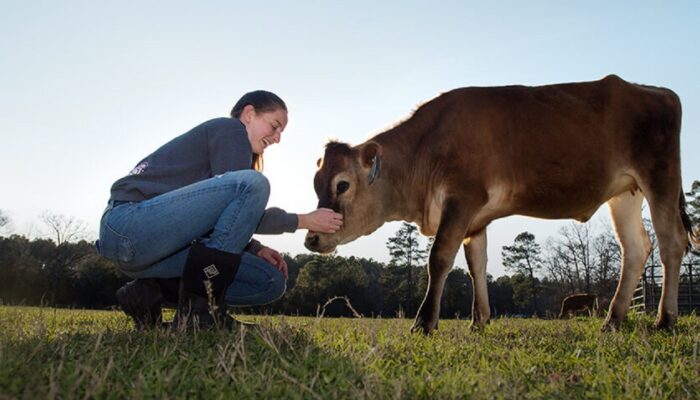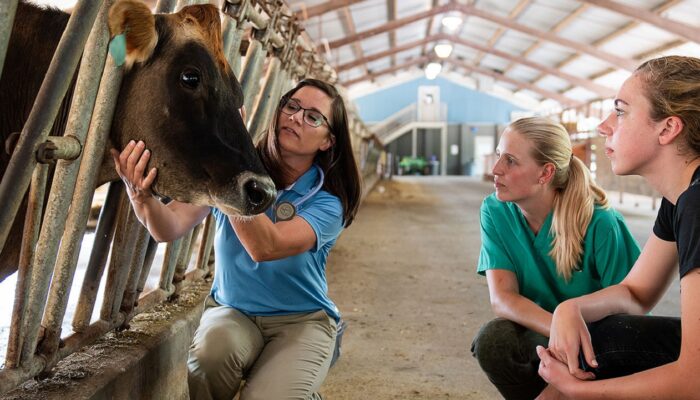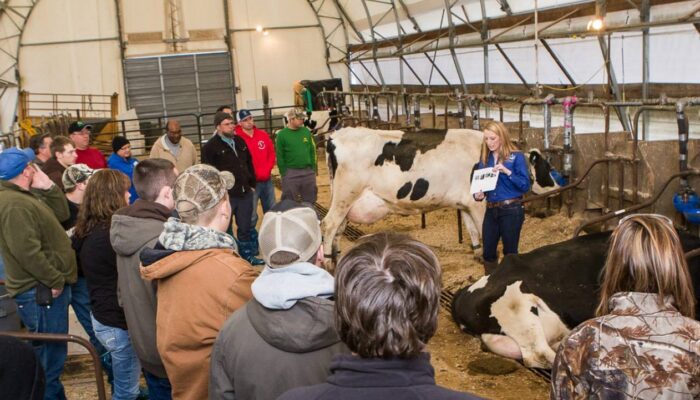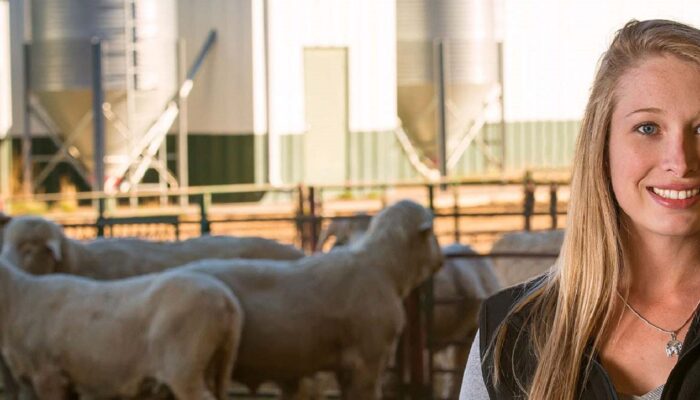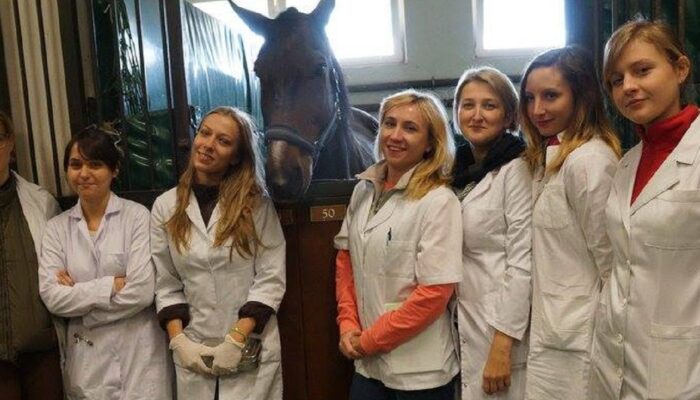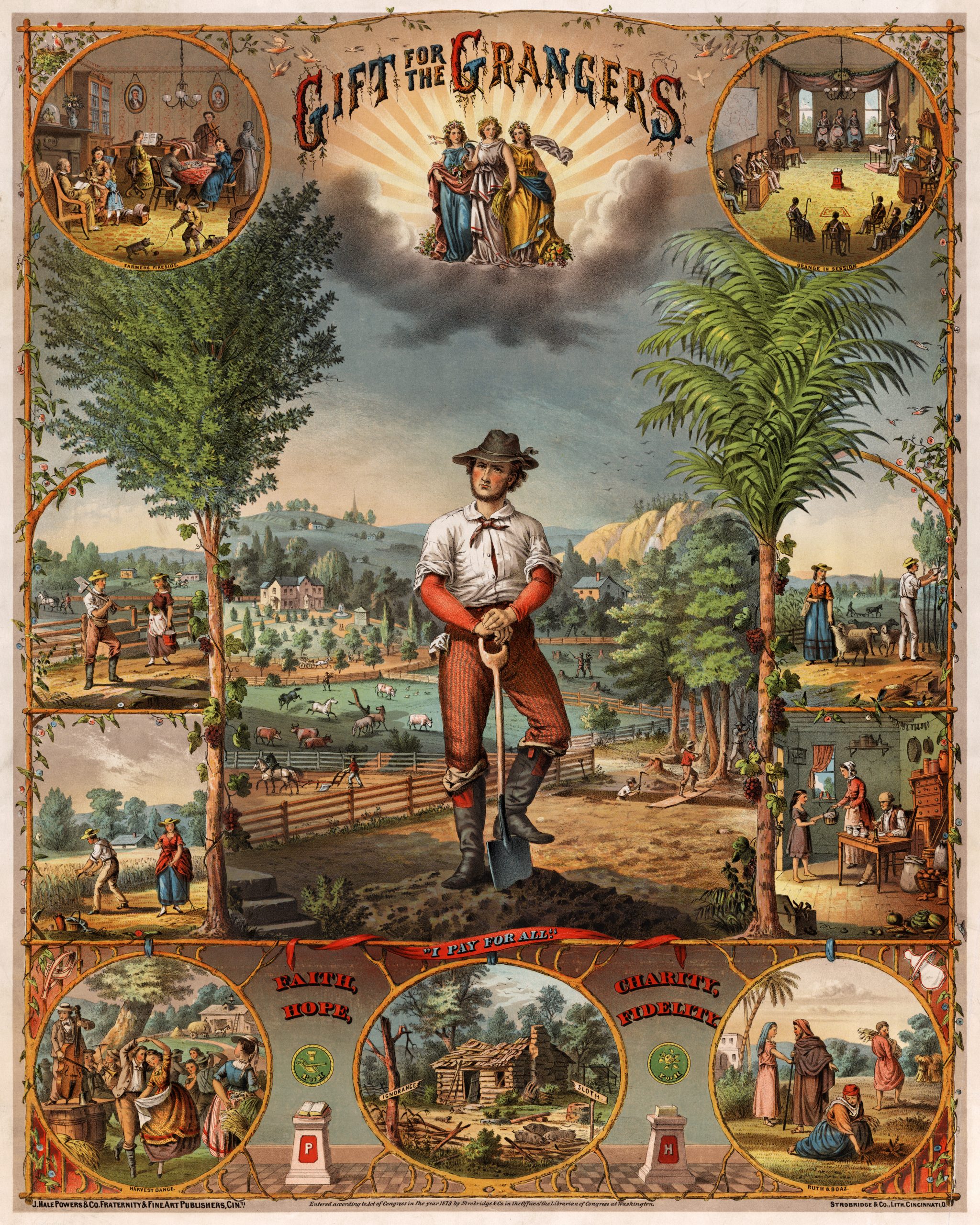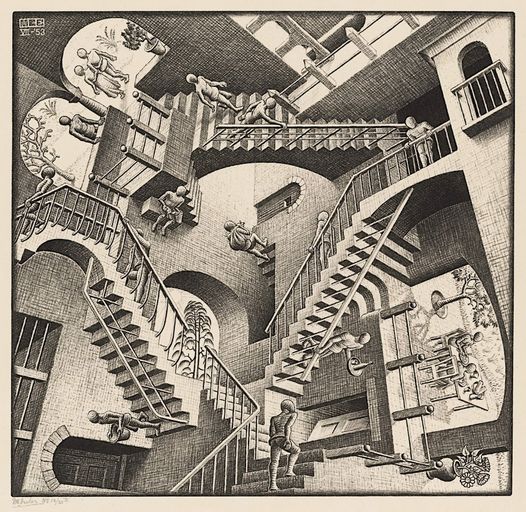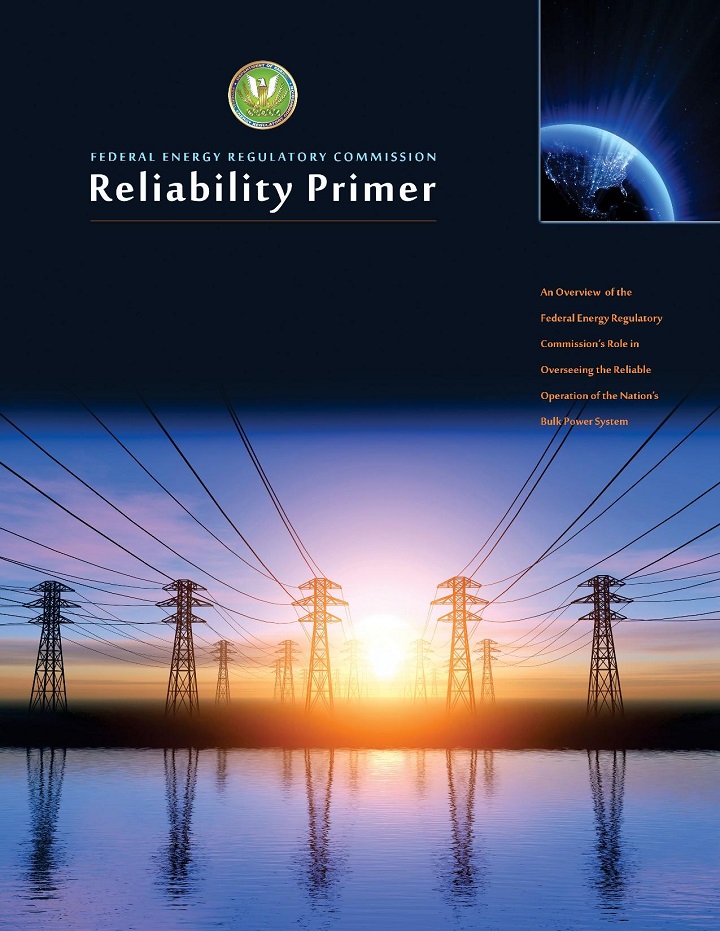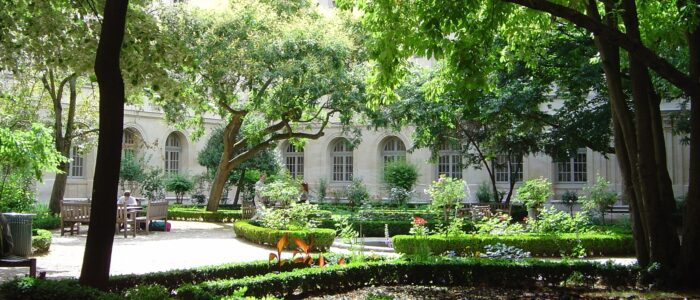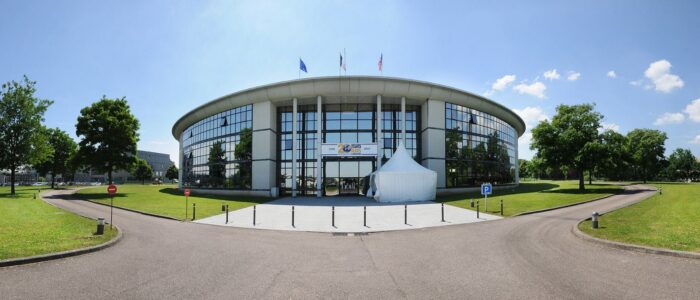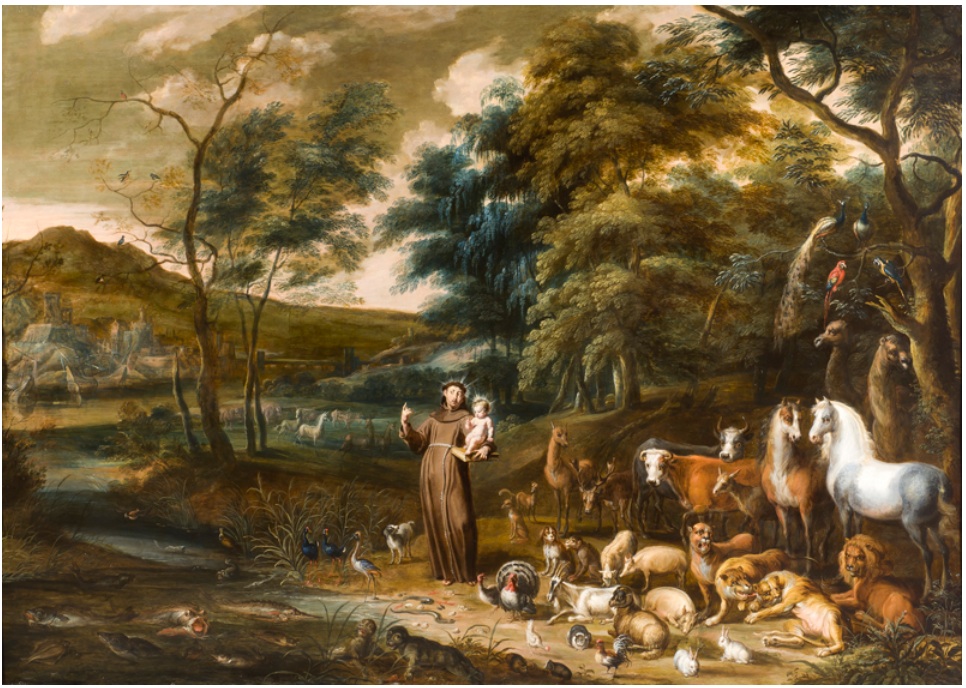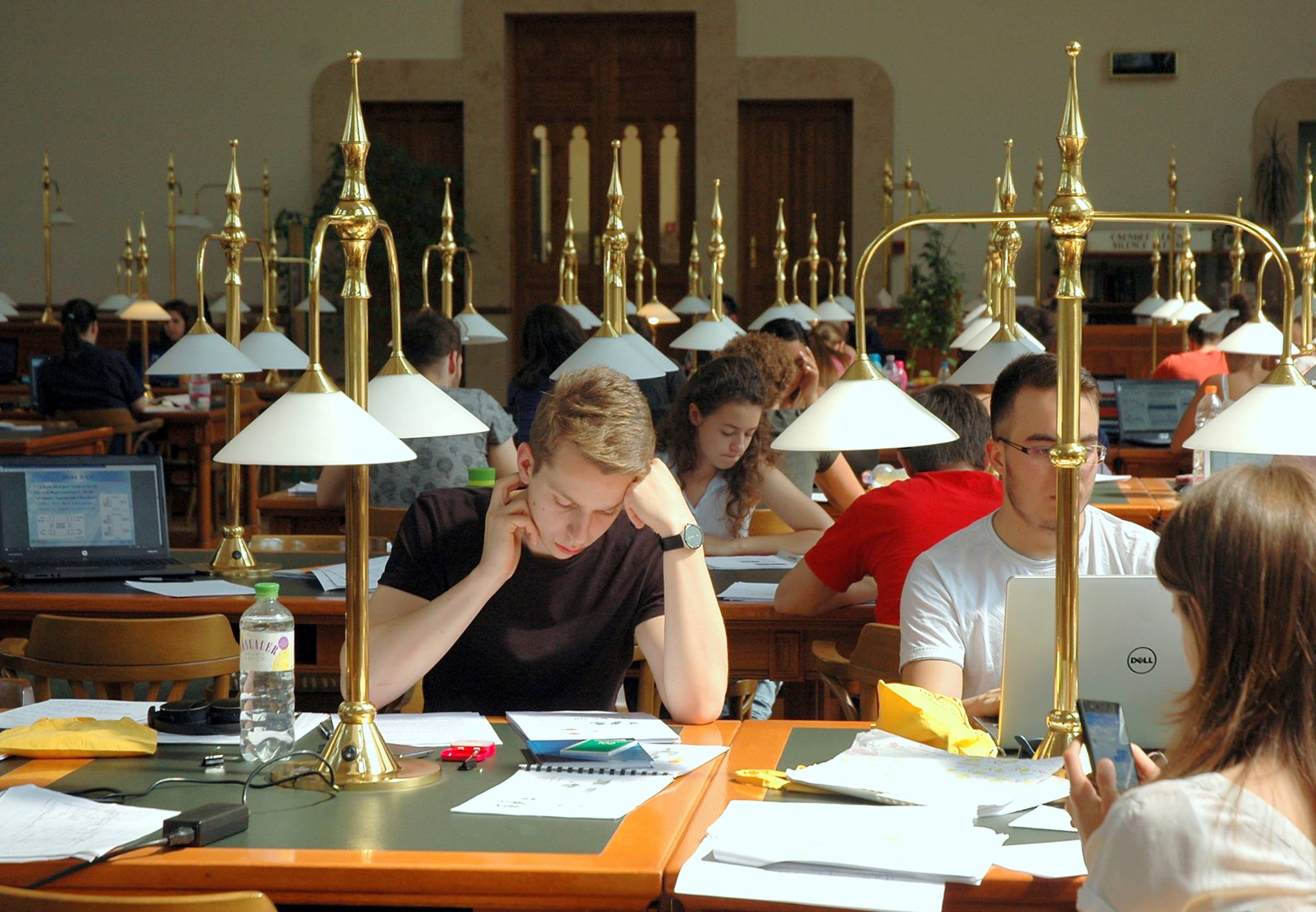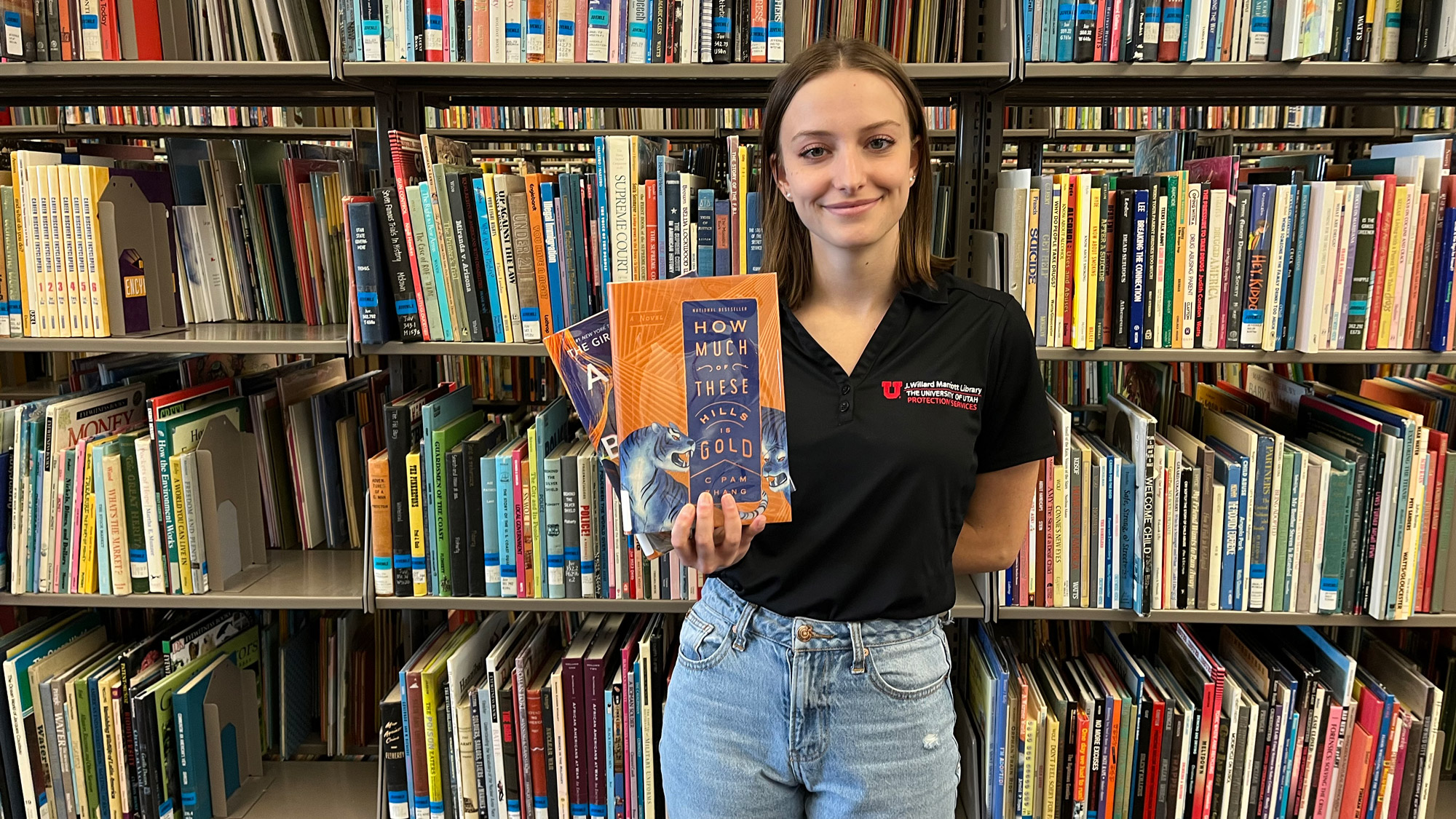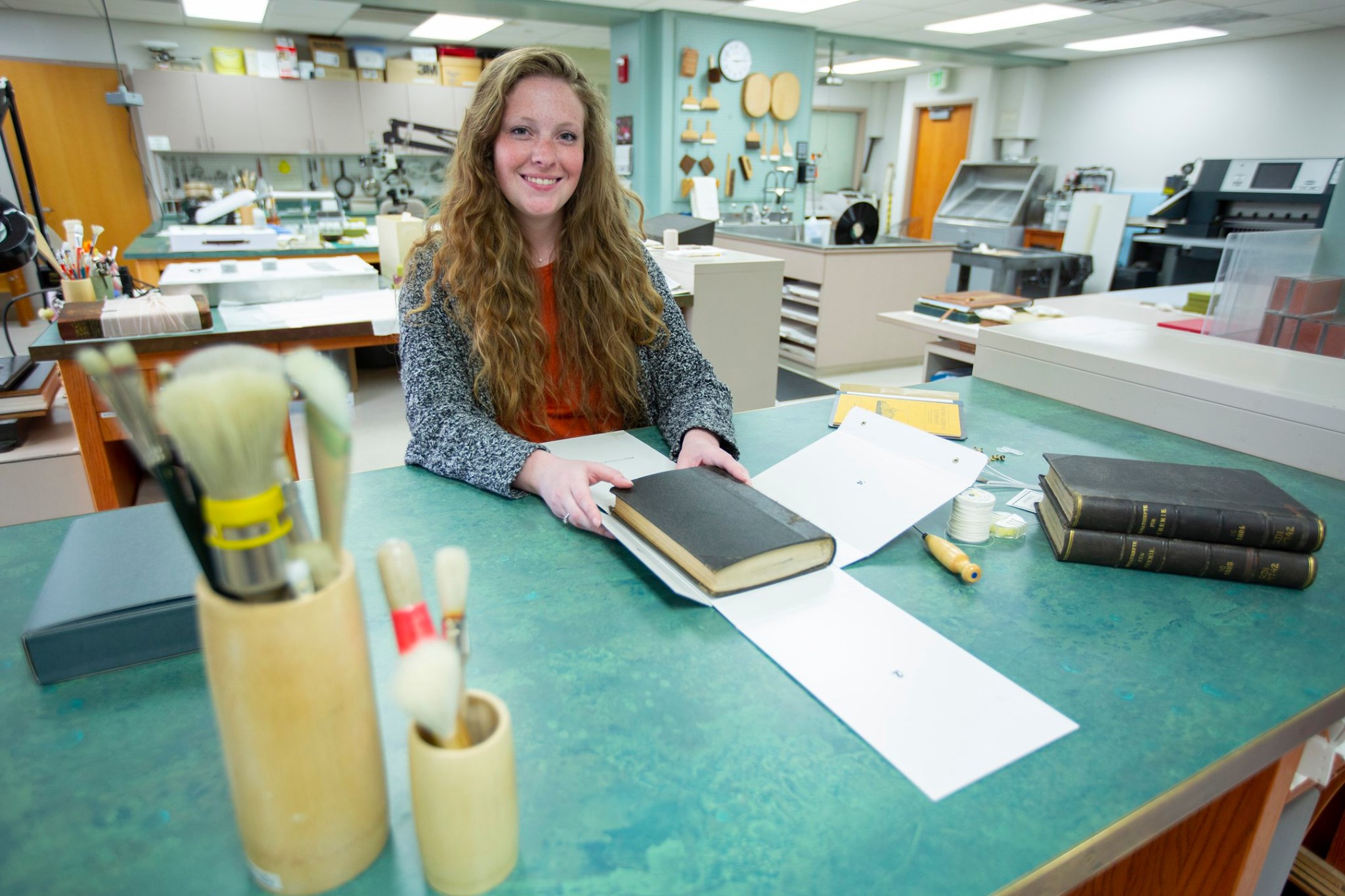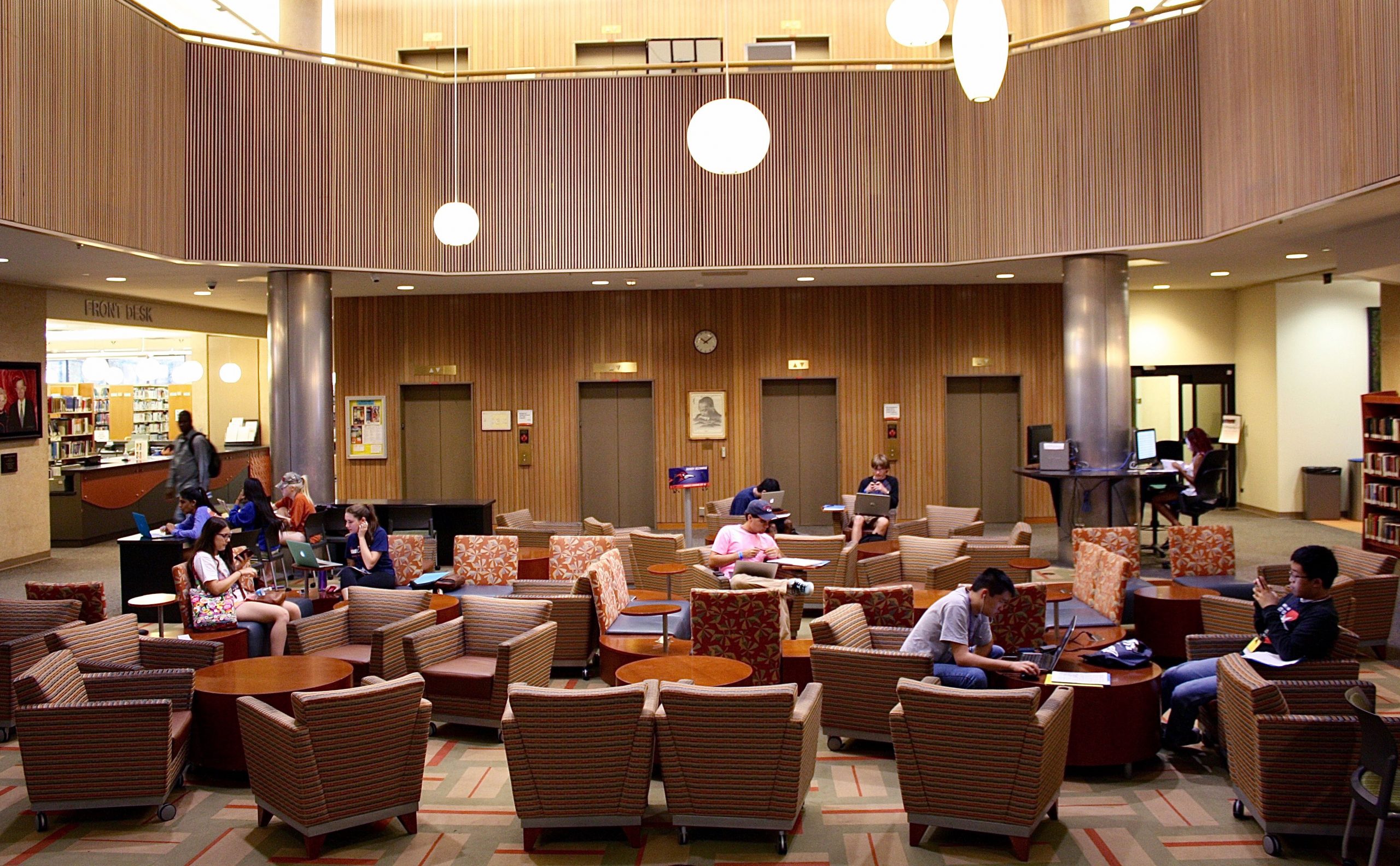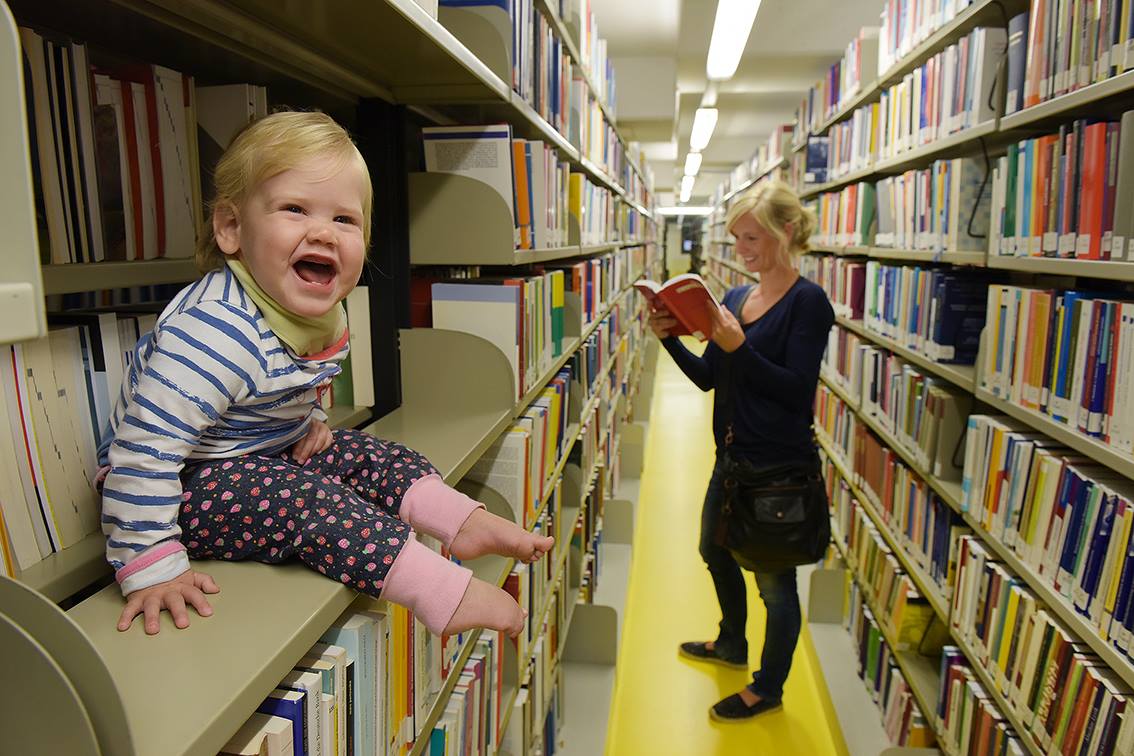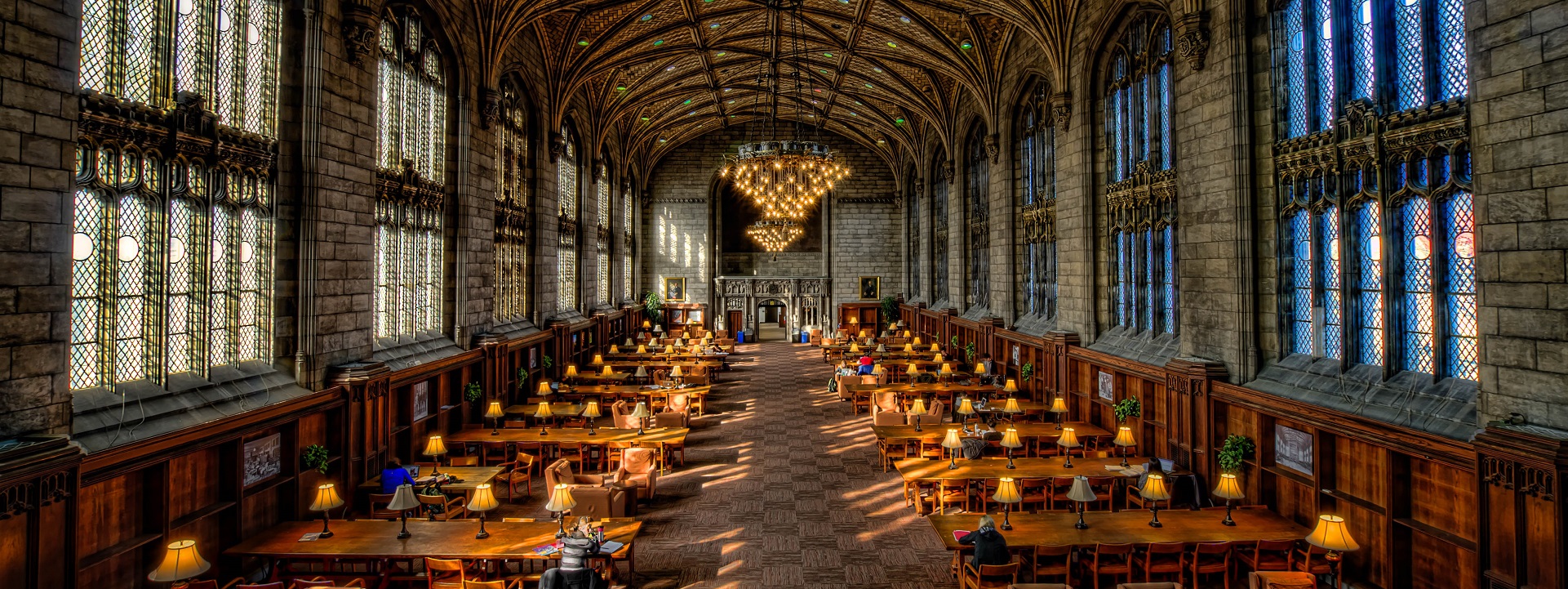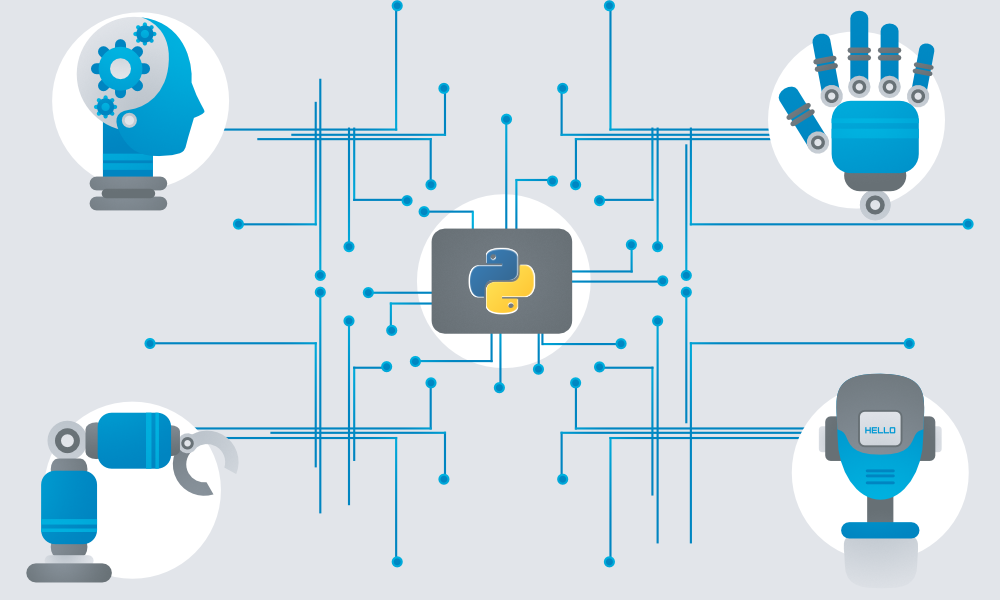
“Biodiversity Illustration for Soñaderno” Maria Paula Sanabria López
•

As described in April, a new ISO Technical Committee, ISO/TC 331 – Biodiversity, has been formed. The Secretariat has been assigned to France (AFNOR). ISO/TC 331 will operate under the following scope:
Included: Standardization in the field of Biodiversity to develop requirements, principles, framework, guidance and supporting tools in a holistic and global approach for all relevant organizations, to enhance their contribution to Sustainable Development.
Excluded: standardization of test and measurement methods for ecological quality of water, air, soil and marine environment.
Organizations interested in serving as the U.S. TAG Administrator or participating on the U.S. TAG should contact ANSI’s ISO Team (isot@ansi.org). Public consultation closes 6 January 2021
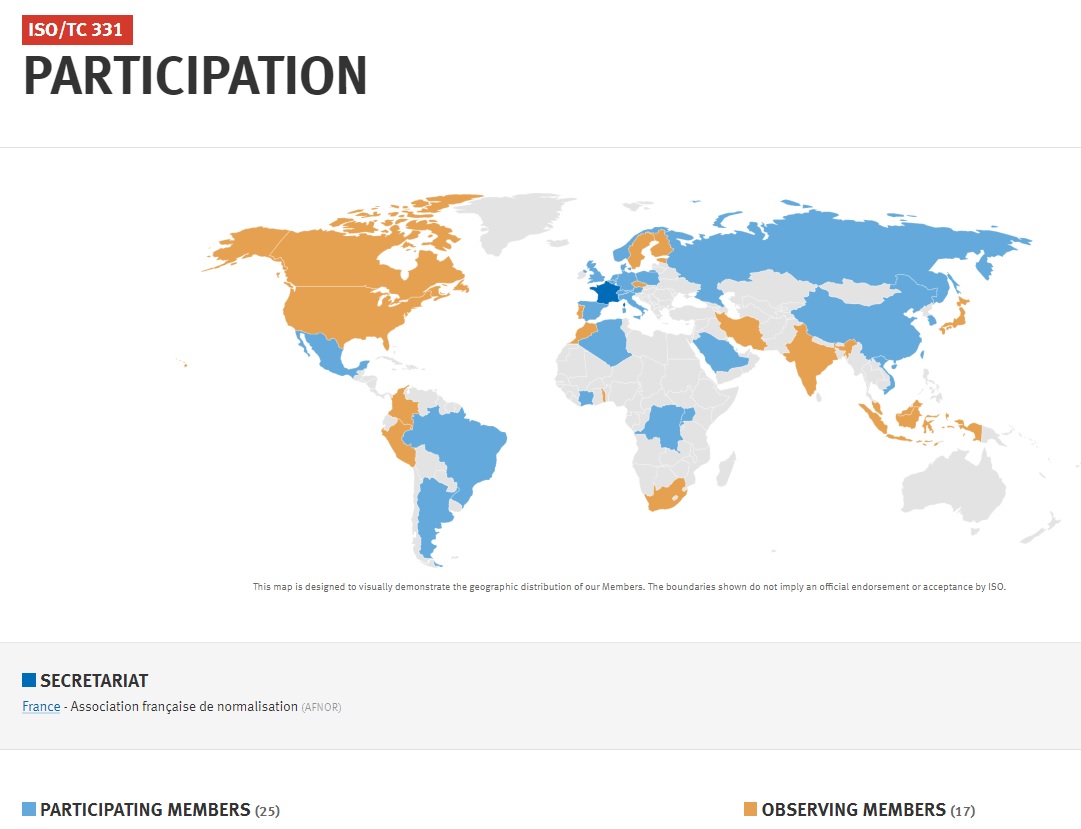

All ISO best practice titles relevant to US education communities remain on the standing agenda of our Global colloquia. See our CALENDAR for the next online meeting; open to everyone.
Source: ANSI Standards Action | Page 35

Posted 1 April 2020
The Association Française de Normalisation (AFNOR), the International Organization for Standardization (ISO) member body for France has submitted a proposal for a new field of ISO technical activity on Biodiversity, with the following scope statement:
Standardization in the field of Biodiversity to develop requirements, principles, framework, guidance and supporting tools in a holistic and global approach for all relevant organizations, to enhance their contribution to Sustainable Development. Excluded: standardization of test and measurement methods for ecological quality of water, air, soil and marine environment.
It is intended to support organizations of any type or activities in addressing biodiversity over the whole value chain: upstream, on site, and downstream. It will help in developing action plans and to monitor their progress with new or existing tools such as indicators, inventory methods, standards for environmental bio-monitoring or biodiversity reporting.
Anyone wishing to review the proposal can request a copy by contacting ANSI’s ISO Team (isot@ansi.org), with a submission of comments to Steve Cornish (scornish@ansi.org) by close of business on Friday, April 17, 2020. We know Steve well enough to know that on a project like this, he would welcome comment first thing Monday morning; owing to the disruption of the normal course of business over the past ffew weeks.
If the ISO receives acceptance by global stakeholders, this would be an ideal project for a US-based academic unit to sponsor as one of ANSI’s Technical Advisory Groups.
We maintain all ISO consensus products on the standing agenda of our International Standards teleconferences. We have the project prospectus now . See our CALENDAR for the next online meeting; open to everyone.
Source: ANSI Standards Action




